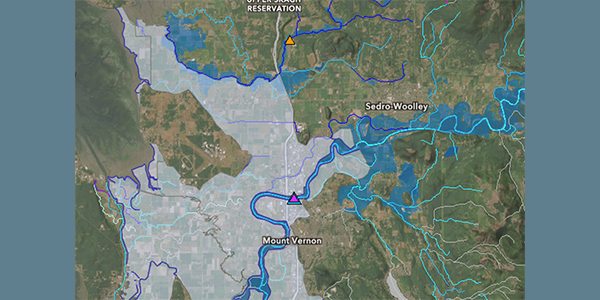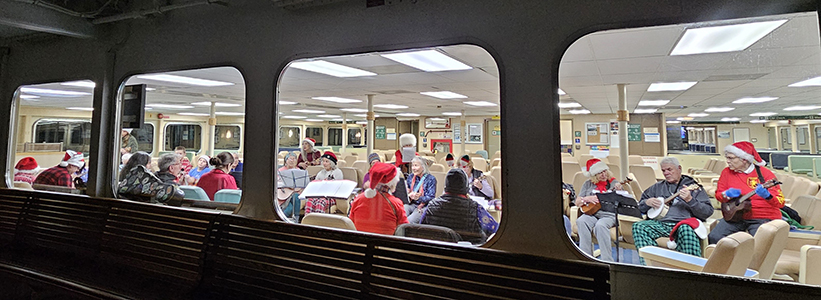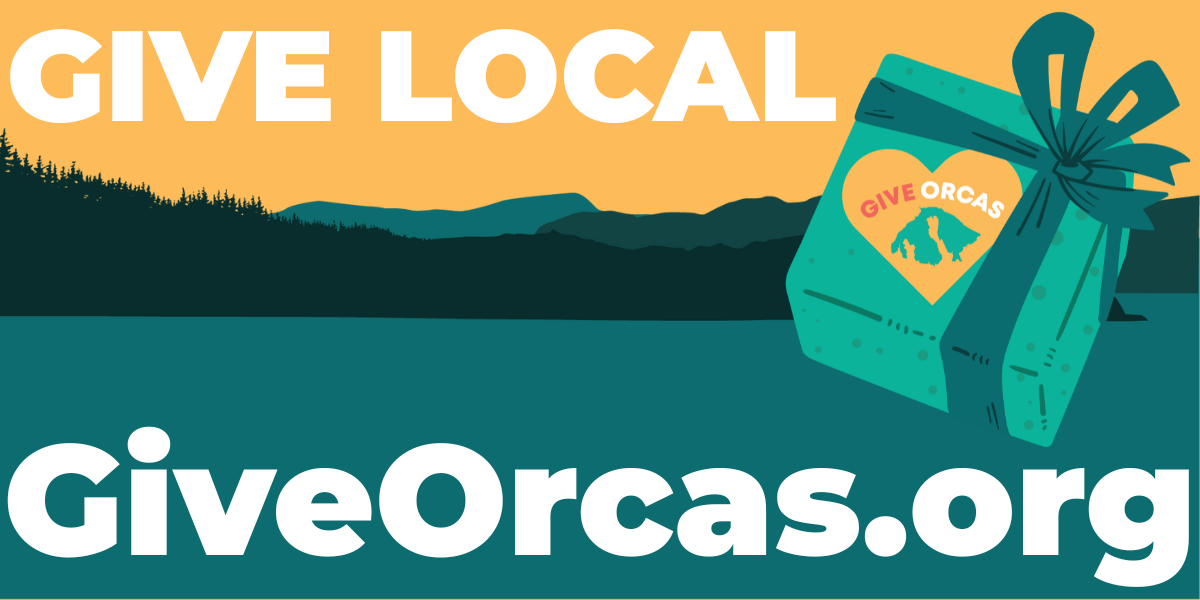By Martha Farish
With so much controversy over the Critical Areas Ordinance (CAO), both in content and process, I have written our County Council asking them to consider the following observations.
The public input process for the CAO uplands has been worse than awful and woefully inadequate. Telling people to download over 30 pages of material — or read them online — is unacceptable as a communications strategy for an ordinance that carries enormous ramifications for us all.
The meetings scheduled by the county were so poorly noticed, I missed the first and the second was only made known to me because Lance Evans, Executive Director of the Orcas Island Chamber of Commerce, sent out an emergency notice trying to alert his membership the day before. The County staff person arrived at the meeting without additional copies for those attending and without maps describing exactly which properties within the UGA were affected by the wetland and shoreline prescriptive buffers. One month later we are still waiting for that map.
May we please have a communications strategy, plan and timeline published multiple times in the most common communications vehicles like the Islands Sounder, OrcasIssues.com and the Chamber Blast well in advance of the meetings so that citizens can plan on meeting and discussing the issues?
I am deeply concerned about the one-size-fits-all notion of prescriptive buffers, especially in Eastsound. We have a UGA town on the shoreline, with many meandering “low level” wetlands, backing up to an airport overlay and with a proposed storm water treatment facility smack in the middle of town.
When you add in school properties, the cemetery, two County Parks, and protected lands along Crescent Beach, you begin to get a feel for the percentage of Eastsound that will be “out of play” for absorbing growth in the future.
We all worked long and hard to establish Eastsound as the growth center for the island. The county itself projects that Eastsound is to absorb 50 percent of the growth in the next 10-15 years. Getting down to what is actually “leftover” once you add in prescriptive buffers upwards of 200 feet on all properties affected and you will realize the magnitude of what is being proposed under the CAO.
The CAO, by design, is 100 percent about the ecology and 0 percent about the town of Eastsound. Our expectations about a walking village, with people living and working in close proximity, absorbing the growth to decrease pressure on undeveloped parcels in outlying areas is seriously endangered by this ordinance. There simply is no land left for development.
I submit it is wildly irresponsible to pass this ordinance to preserve our ecology if the net effect is render null and void the literally thousands of hours of planning we collectively put into envisioning Eastsound as “our” UGA.
We have property in the core of Eastsound — we have owned some of it since 1975 and have purchased more over the years, investing in our town because we have a long history of caring for it. We paid a premium for what we bought because it was in the UGA and we have paid taxes in accordance with that valuation ever since. We now find ourselves with several parcels with what is being called a meandering low level wetland. Most of Eastsound is in fact part of a wetland. Our lots may be, in fact, un-buildable under the terms of the CAO and thus will be allowed to be used only at the minimum.
Given that the land is worth substantially less under the CAO and perhaps rendered un-saleable because of it, presumably the County will be lowering the taxes of all those affected. Have you actually estimated the amount of lost revenue to be incurred and how much you will need to raise the taxes of others to compensate?
Troubling too is the fact that with so little land remaining in the UGA there will be increased pressure to bring land currently outside the UGA into the UGA. Have you considered the costs associated with providing the expensive infrastructure that we all will have to chip in to provide if that event comes to pass?
Finally, and most deeply troubling is the quality of the “science” you are using to set this whole ball in motion. I understand that San Juan County never invested in generating its own science to determine the level of its own environmental issues, particularly as it relates to its towns built on the waterfront.
I further understand that the “best available science” used to draft this ordinance may have zero to do with whatever conditions we actually have going on in our waters and discharge areas.
What I don’t understand is throwing away all the thought and years of community involvement that went into envisioning “our” town, “our” UGA and how we wanted to manage “our” growth based on a supposition that our waters are like the waters someone, somewhere else, studied.
We have some of the best marine science and environmentally sensitive organizations active in our area. Isn’t it somehow possible to determine what conditions we have going on prior to our enacting an ordinance to address problems we don’t even know we have?
Is there no opportunity for self-monitoring by our schools, nature institutes and environmental organizations that will stand up to the scrutiny of the Department of Ecology and allow us to make rational decisions vs. passing passionate, well-intentioned, but woefully under-informed ordinances?
We in San Juan County are some of the most passionate environmentalists on the planet. We have a history of land preservation and paying for what is right for the health and welfare of our islands that is second to none.
We will do what is right here too, but we have to lower the rhetoric, do the science and make policy decisions that make sense for the animals and humans that need to coexist and prosper together.
**If you are reading theOrcasonian for free, thank your fellow islanders. If you would like to support theOrcasonian CLICK HERE to set your modestly-priced, voluntary subscription. Otherwise, no worries; we’re happy to share with you.**







